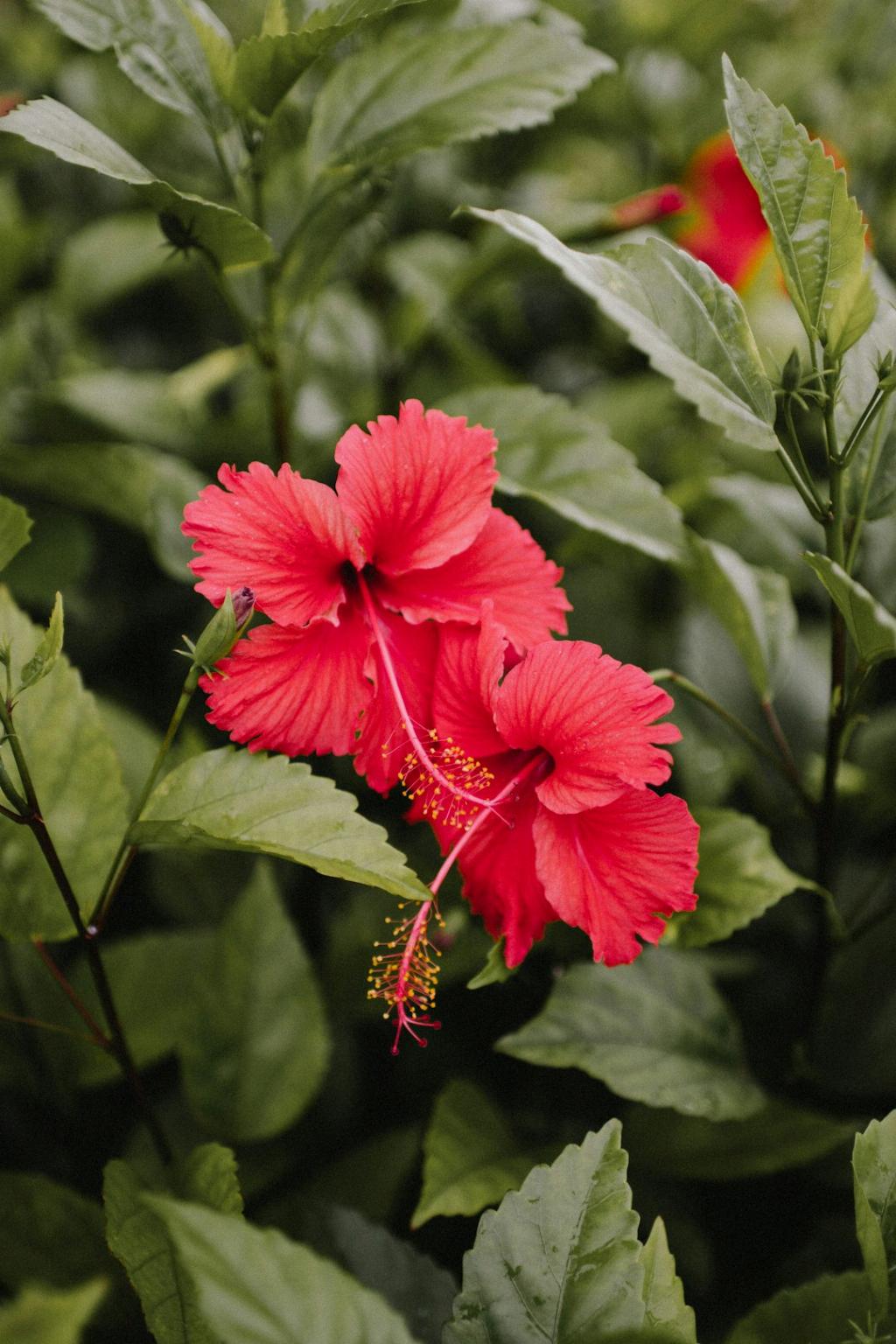One common concern among hibiscus plant owners is determining whether their plant is dead or simply dormant. The distinction between the two can be crucial in managing the care and maintenance of your hibiscus.
When assessing the condition of your hibiscus, a key indicator to look for is the color of the branches. If you notice green under the top layer of bark, this is a positive sign that your plant is still alive and in a dormant state.
Conversely, if you observe brown or no green at all under the bark, this may indicate that the branch is dead. In such cases, it is important to take action to prune the dead branches to encourage new growth and overall plant health.
During the dormant phase, hibiscus plants conserve energy and prepare for the upcoming blooming season. This period of rest is essential for the plant’s growth and vitality, so it is important not to mistake dormancy for death.
Pruning dead branches during dormancy can stimulate the plant’s natural processes and help it thrive when it emerges from its rest period. This proactive approach to care can lead to healthier, more robust hibiscus plants.
It is recommended to regularly inspect your hibiscus plant for signs of life, especially during the dormant season. By checking the color beneath the bark and assessing the overall health of the plant, you can make informed decisions about its care.
While dormant hibiscus plants may appear lifeless on the surface, their inner workings are actively preparing for the next growing season. Understanding this cycle can help you provide the necessary support for your hibiscus to thrive.
In addition to pruning dead branches, it is important to ensure that your hibiscus is receiving adequate sunlight, water, and nutrients during its dormancy. These elements are essential for the plant’s overall well-being and successful transition to the blooming phase.
By being attentive to the needs of your hibiscus plant and recognizing the signs of dormancy versus death, you can play a key role in promoting its long-term health and vitality. Regular maintenance and care are essential for cultivating thriving hibiscus plants.
Ultimately, understanding the condition of your hibiscus plant requires close observation and a willingness to take action when necessary. By staying informed and proactive in your plant care efforts, you can ensure that your hibiscus thrives year after year.
In conclusion, the key to determining whether your hibiscus is dead or dormant lies in observing the color under the bark of the branches. By recognizing the signs of life and taking appropriate steps to care for your plant, you can enjoy the beauty and vibrancy of a healthy hibiscus year-round.

